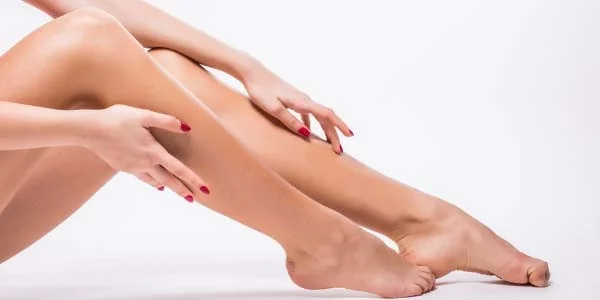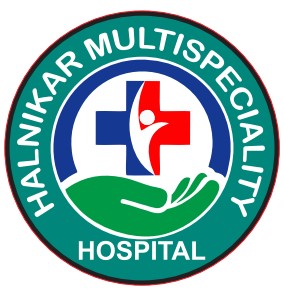endovenous laser/Varicose Vein

Varicose vein treatment in Latur
Endovenous laser varicose vein surgery is a procedure that reduces varicose veins by using heat from a laser. Varicose veins are swelling, bulging veins that most commonly affect the thighs and calves. A laser is a light-emitting device that emits a tiny beam of radiation.
endovenous laser
Varicose veins are veins that are abnormally large and commonly found in the legs. Blood normally flows from the heart to the legs via arteries and then back to the heart via veins. One-way valves in veins allow blood to flow back from the legs against gravity. Blood accumulates in the veins if the valves leak, causing them to expand and become varicose.
Endovenous ablation is a minimally invasive, image-guided procedure. It cauterizes (burns) and closes the aberrant veins that lead to varicose veins using radiofrequency or laser light.
Endovenous Laser:
Endovenous ablation cauterizes (burns) and closes varicose veins using energy. It is prescribed by doctors to treat symptoms such as pain, edema, and irritation. Ablation is a safe procedure that is less invasive than surgery and leaves almost no scars.
ND YAG Laser:
The long-pulsed Nd:YAG laser at 532 nm with a chilled sapphire tip can treat leg telangiectasias of 0.5 to 1.0 mm in diameter with greater than 50% clearance at 44% of sites with a single treatment.
Advantages :
- Less pain & less discomfort.
- Minimally Invasive & no scaring.
- Daycare procedure.
- Cost-Effective.
- High success rate & rapid recovery.
What are the benefits vs. risks?
Benefits
- There is no need for a surgical incision—only a little scratch in the skin that does not require stitches.
- Ablation is more effective than traditional vein stripping procedures, has fewer problems, and is associated with significantly less pain during recovery.
- Ablation is often painless and without side effects.
Because catheter placement involves relatively small skin openings rather than large incisions, this surgery leaves virtually no scars. - Ablation is a less invasive method than traditional surgery.
- Even 12 months after the treatment, most of the veins repaired are effectively invisible on ultrasonography.
- The majority of patients have symptom improvement and are able to resume normal daily activities with little or no pain.
Risks
- Infection is a risk with any surgery that enters the skin. Infections requiring antibiotic therapy appear to be rare, with a chance of fewer than one in 1,000.
- Any procedure that involves inserting a catheter into a blood vessel involves some risk. Damage to the blood vessel, bruising or bleeding at the injection site, and infection are all dangers. To reduce these dangers, the doctor will take steps.
- There may be some bruising and pain after the surgery. Compression stockings may help to alleviate these side effects.
- Thermal (heat) injury to nerves has been observed. This is an unusual occurrence that usually passes in a short period of time.
- Thrombophlebitis (vein swelling) is common and can result in discomfort and redness in the treated area. It responds effectively to most stimuli.
- Thrombophlebitis (vein swelling) is common and can result in discomfort and redness in the treated area. It responds effectively to nonsteroid anti-inflammatory medicines (NSAIDs) and ice applied to the affected area.
- Blood clots in the veins can migrate to the lungs and cause pulmonary embolism, but this is a very rare occurrence.
